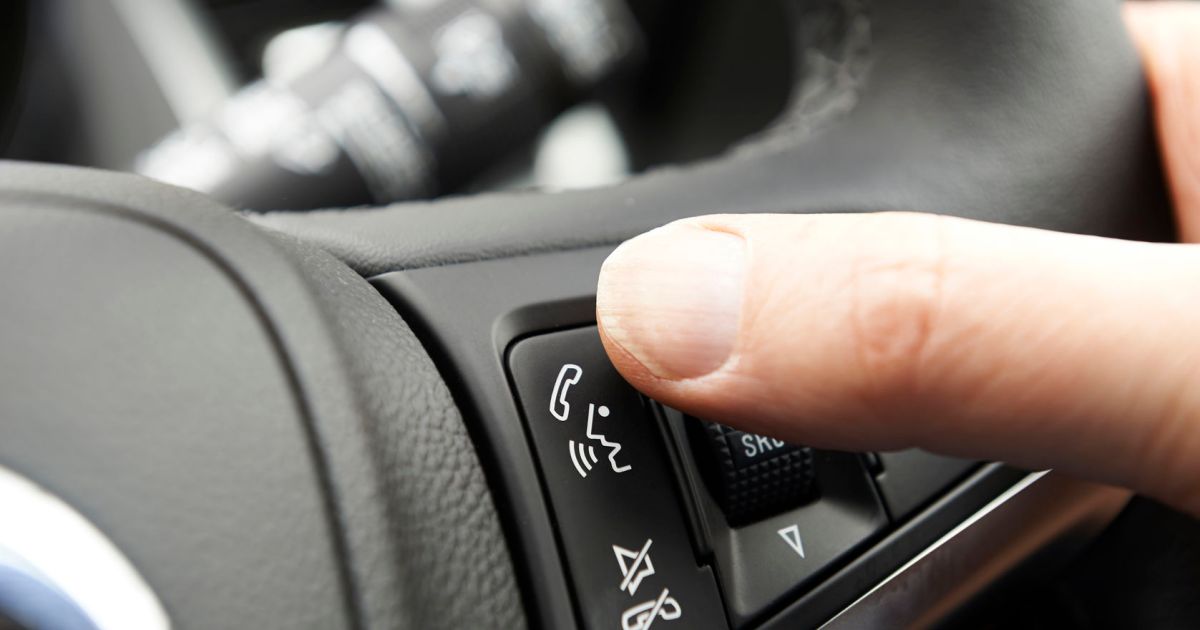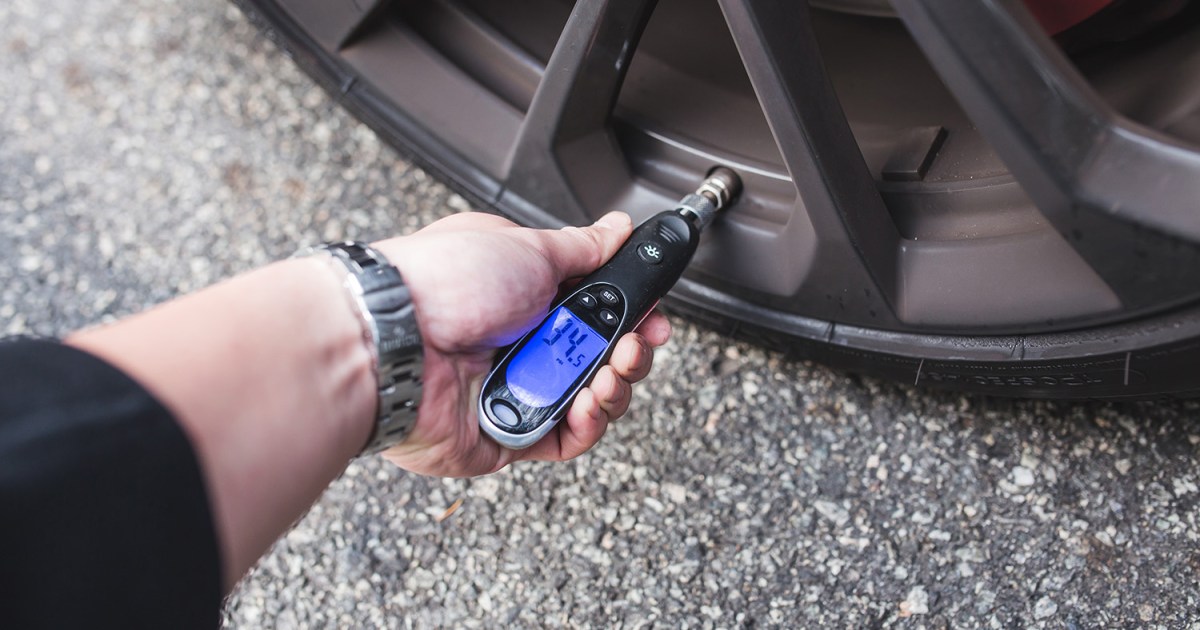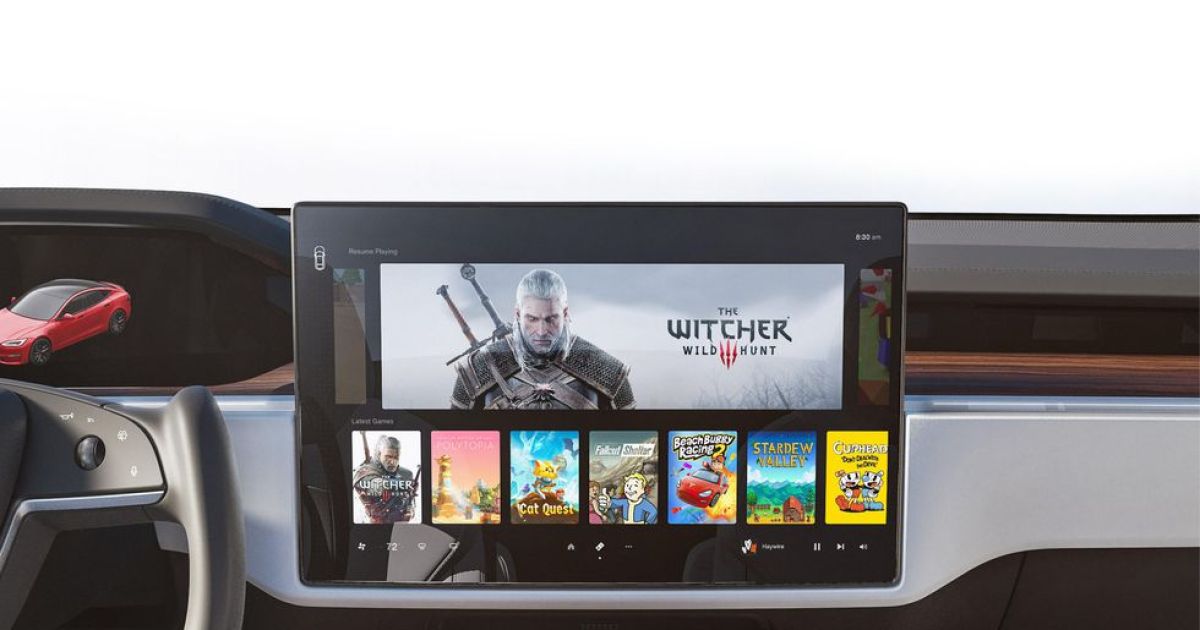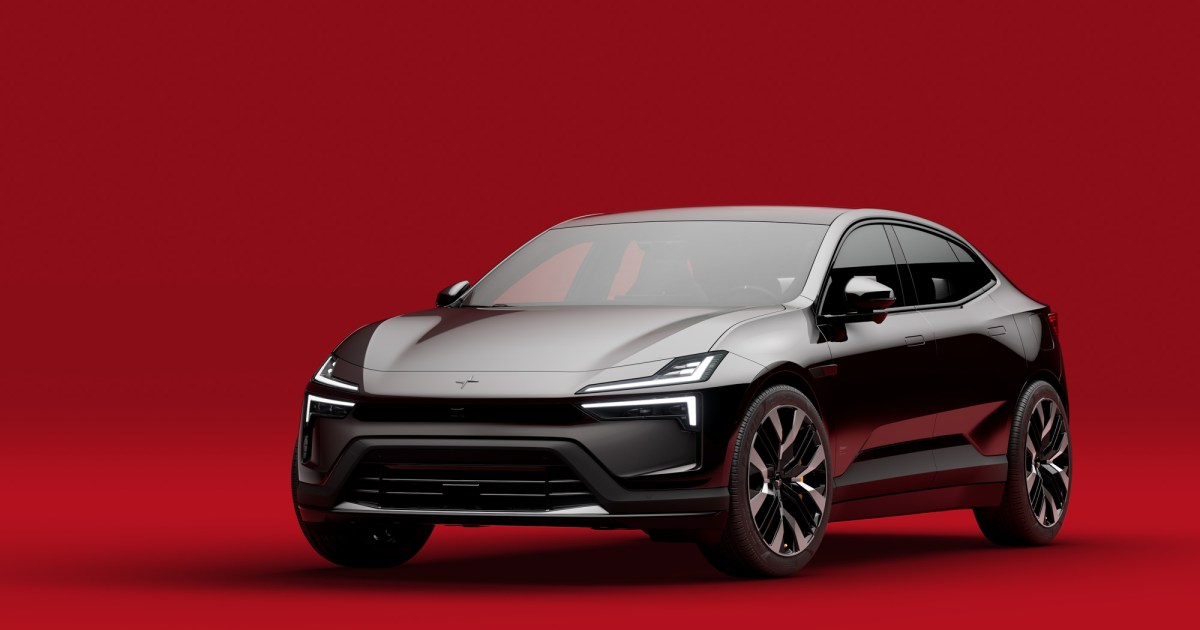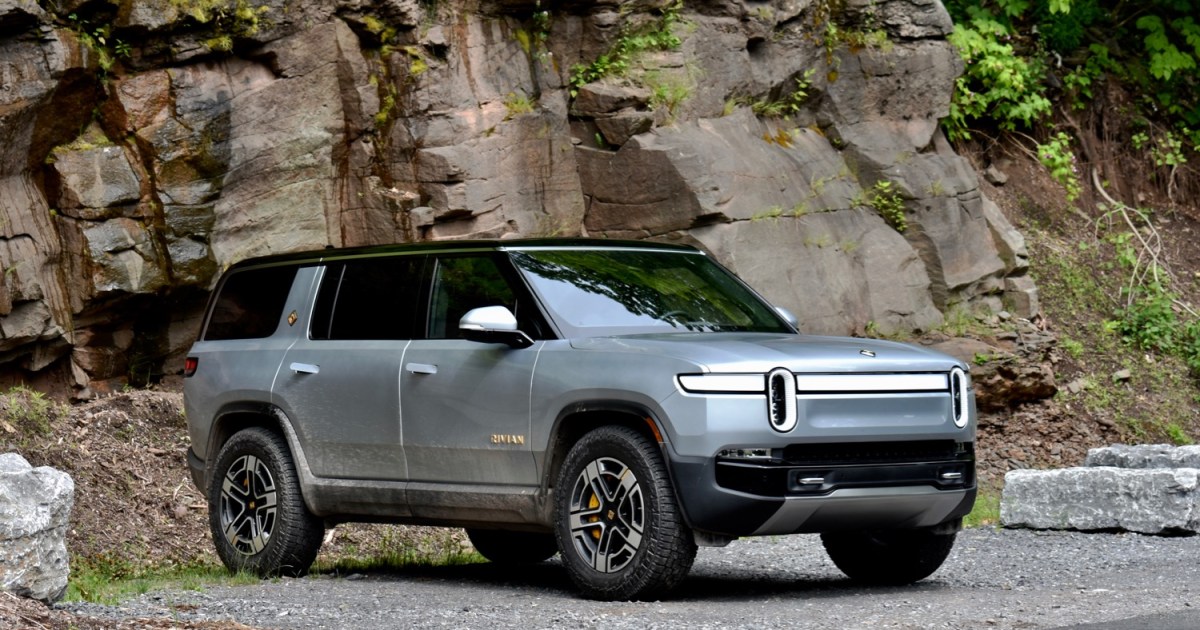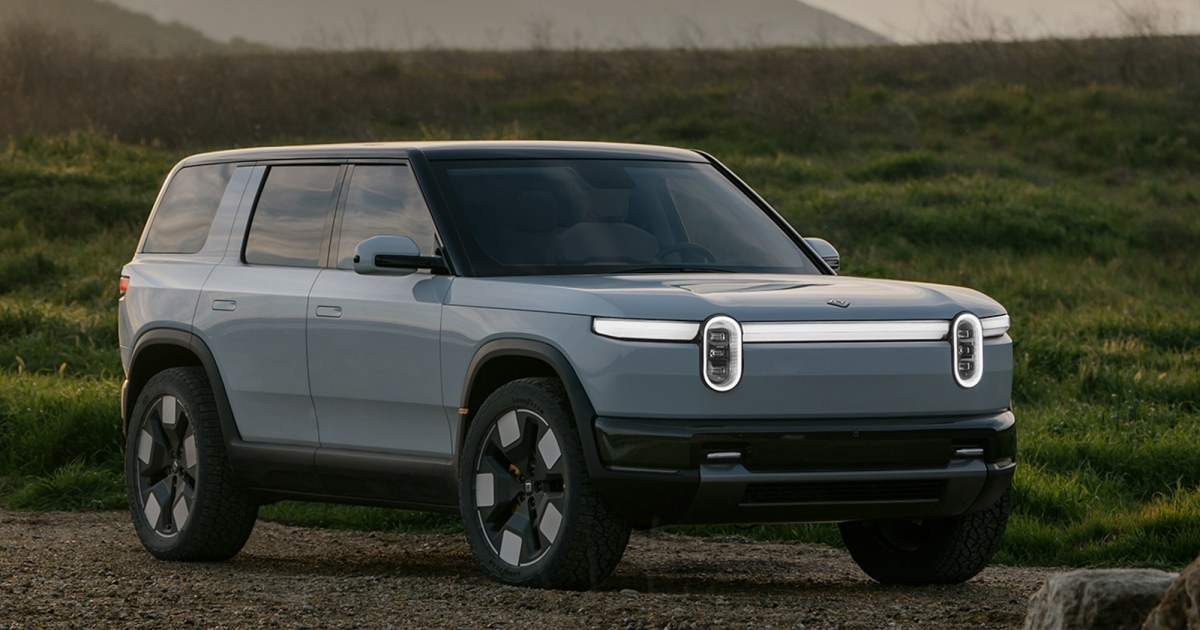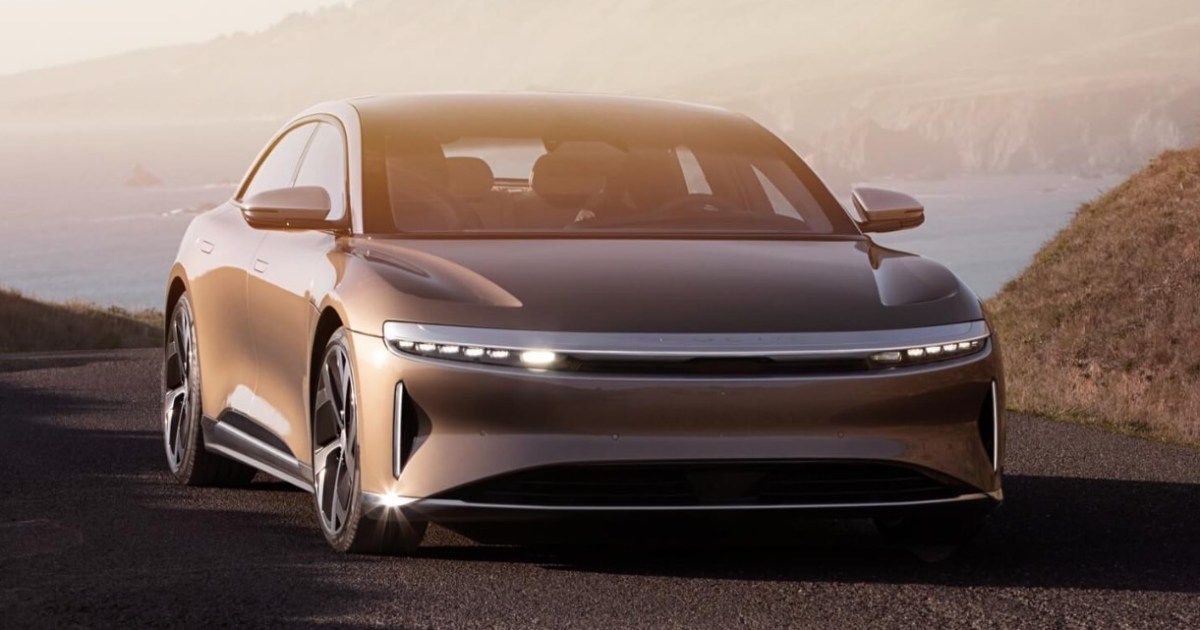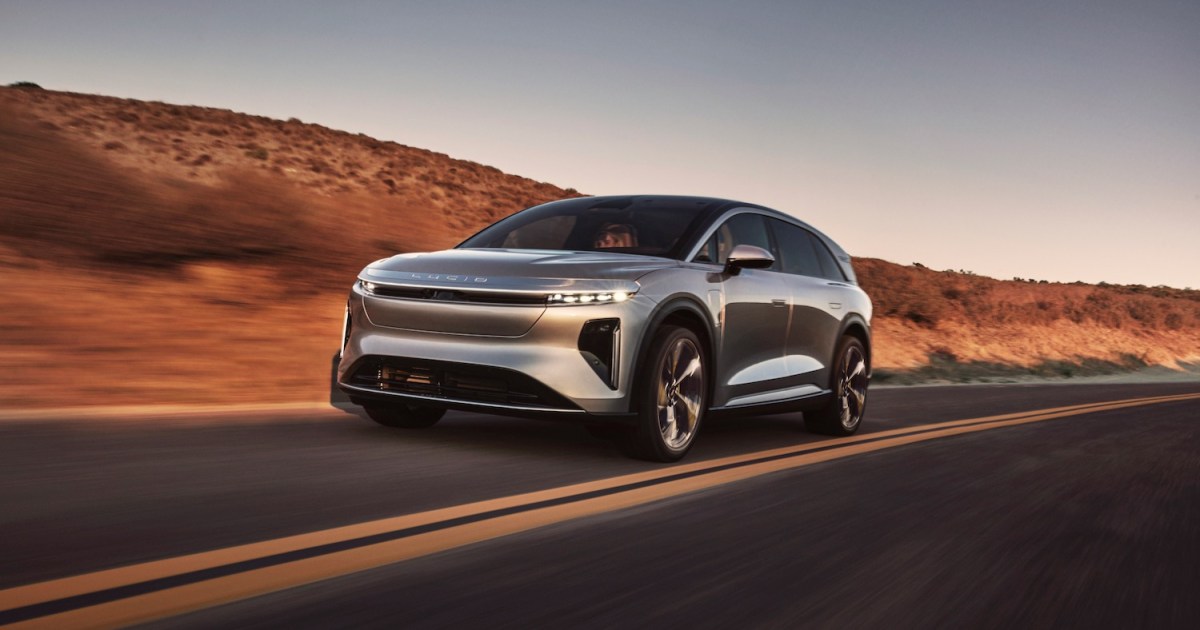In-car technology is rapidly evolving, making it easier than ever to upgrade older vehicles with modern features like Bluetooth. Aftermarket solutions provide drivers with enhanced connectivity and safety without requiring a new car purchase. Bluetooth, in particular, has become a cost-effective and simple upgrade for vehicles of any age or value. This guide explores various methods for adding Bluetooth to your car, ranging from simple plug-and-play devices to more involved installations.
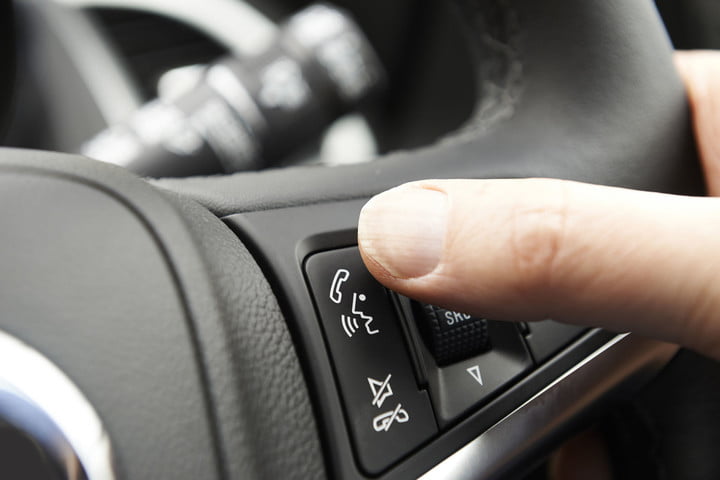
Bluetooth functionality enables hands-free calling through the car’s speakers and music streaming directly from a smartphone. This minimizes distractions and promotes safer driving practices, aligning with hands-free calling laws in many regions. Let’s explore the different options available for integrating Bluetooth into your vehicle.
Universal Bluetooth Kits: A Simple Solution
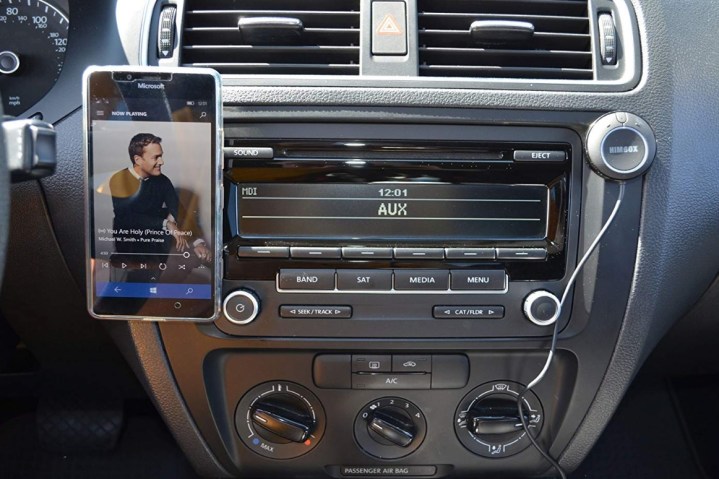
Universal Bluetooth kits, such as the iClever Himbox Plus, offer a hassle-free solution. These self-contained units work in virtually any car, thanks to their integrated speaker and microphone. They typically clip onto the sun visor or can be mounted using suction cups or adhesive tape. The portability of these kits allows easy transfer between vehicles. However, simpler models may not integrate with music apps and rely on their internal speaker, while adhesive mounting could potentially damage the dashboard. Some advanced universal kits offer wired connections to the head unit, enabling music streaming, but involve a more complex installation. These kits are usually priced between $15 and $30.
Aftermarket Head Units: Comprehensive Upgrades
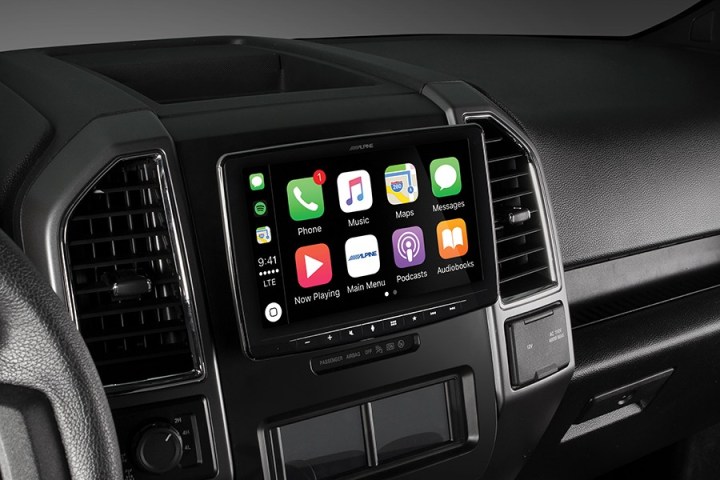
Replacing the existing head unit with an aftermarket model provides a wider range of audio features. While this involves some labor and alters the vehicle’s interior aesthetic, clear instructions usually accompany these units. Most installations can be completed with basic tools within a few hours, or professional installation is typically available for around $100.
Aftermarket head units offer varying levels of Bluetooth integration. Even budget-friendly models generally include hands-free calling, while higher-end options add music streaming, smartphone app integration, text message readouts, voice commands, Apple CarPlay, and Android Auto. A wide selection of styles and colors allows for customization and potential matching with the original dashboard design. Prices range from around $40 to several hundred dollars depending on features. Reputable brands like Pioneer, Alpine, and Kenwood offer a variety of affordable options.
Vehicle-Specific Adapters: Seamless Integration
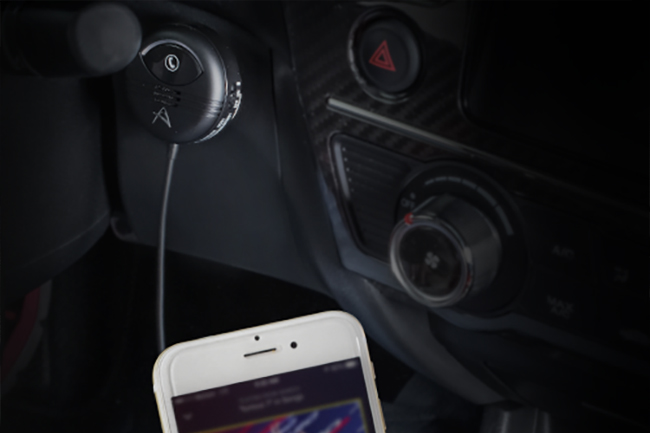
Vehicle-specific adapters are ideal for retaining the factory stereo’s appearance while adding Bluetooth functionality. Retailers like Crutchfield offer a wide selection. These adapters are designed for specific makes and models, ensuring optimal audio quality and providing tailored installation instructions. They primarily offer hands-free calling and sometimes music streaming, eliminating the need for a complete head unit replacement.
Installation typically involves removing the factory stereo, connecting the adapter, and routing a microphone to the head unit. While the process varies depending on the manufacturer, it preserves the original aesthetic. These adapters are generally priced under $100, although luxury vehicle adapters may be more expensive.
FM Transmitters: A Budget-Friendly Option
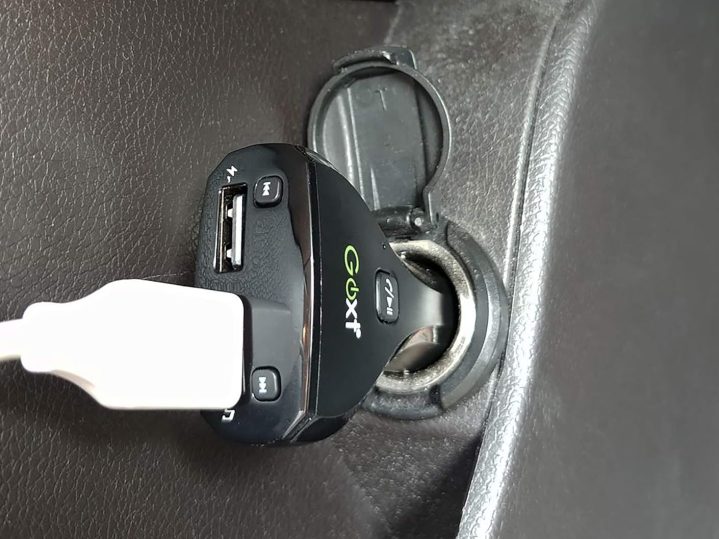
FM transmitters are among the cheapest ways to add Bluetooth, particularly for older cars lacking an auxiliary input. These devices plug into the cigarette lighter and transmit audio over an FM frequency. By tuning the car radio to the same frequency, you can listen to music or make hands-free calls.
While affordable and easy to use, FM transmitters can be affected by regional frequency variations and signal interference in densely populated or remote areas. Finding a clear frequency may also be challenging. These devices are typically available for around $15.
Bluetooth Receivers: Enhanced Audio Quality
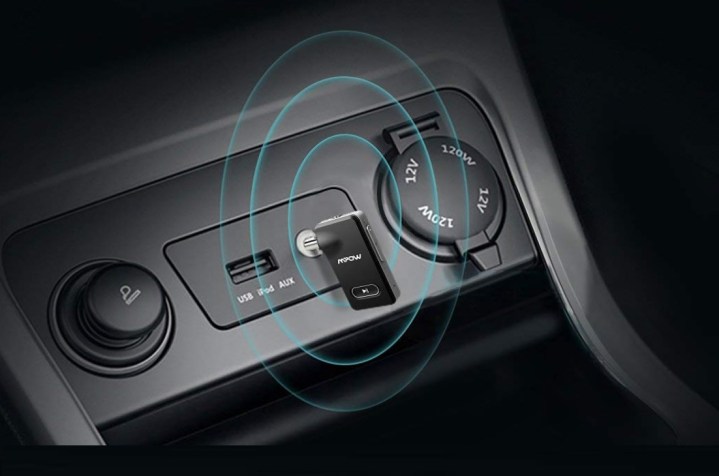
Bluetooth receivers connect to a car’s auxiliary input, allowing for wireless music streaming and hands-free calling. While similar in concept to FM transmitters, Bluetooth receivers provide superior audio quality without static interference. However, an auxiliary input is required, which may necessitate a stereo upgrade in some older vehicles.
Bluetooth receivers offer a wide range of features and price points, starting around $20. Models like the Mpow offer additional functionalities such as a car locator app and dual device connectivity.
Conclusion: Choosing the Right Bluetooth Solution
Adding Bluetooth to your older car enhances both convenience and safety. The best option depends on your budget, technical skills, and desired features. Universal kits offer a simple solution, while aftermarket head units provide comprehensive upgrades. Vehicle-specific adapters maintain the factory look, and FM transmitters offer a budget-friendly approach. Bluetooth receivers deliver enhanced audio quality but require an auxiliary input. Consider your individual needs and preferences when selecting the optimal Bluetooth solution for your vehicle.



